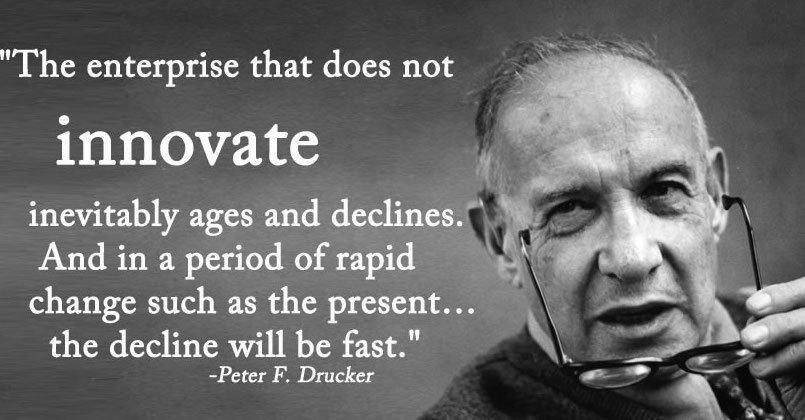Research, Development and innovation
Innovation is all the rage, and some say ‘innovate or die.’
Much discussion around ‘innovation’ actually skews towards …
- Cost reduction, process efficiencies and more about lean manufacturing; rather than…
- Making better products / services for people and exploring new markets and models, leveraging the opportunities in the broader context.
While 1 is often important, alone it is more so sustaining, than 2 (plus considering 1) is a likely path to growth and progress.
Today we will discuss our thoughts on how to find growth innovation …
Cultural context
Consumer trends, fads, emerging needs and stresses, how people live, primal drivers and aspirations, issues. This is the superpower of professional market researchers. From qualitative and quantative research approaches. To cultural immersion methodologies such as ethnography and semiotics, the study of signs and symbols, and cultural trends. This allows for changing unmet needs to be identified.
Economic context
Local and global micro and macroeconomic conditions, business and consumer confidence, regulations, key indicators. Rather than embracing the opportunities of a pessimistic market (e.g. consumers seeking more ‘value’ from products and services), businesses tend to act when there is consistent optimism… when all are riding the wave, competing in the same markets and when costs and conditions are likely inflated and preparing to decline.
Technology context
The capabilities and possibilities of technology, social media, the Internet, Apps, mobile, new media et cetera. Technological literacy is viewed as more essential than reading, writing and arithmetic, yet some people just don’t want a bar of it. Understanding technology trends and advances, and most importantly considering how to optimally apply these to make lives easier and/or better is critical. Technology is almost always an enabler to a solution NOT an innovation in its own right.
Regulatory context
Taxation, legalities, restrictions, red tape tightening and relaxation, different jurisdictions, government et cetera. The government is often viewed as sluggish and self-interested. Which can create innovation uncertainty. Much innovation opportunity comes from monitoring restrictive and especially opening of regulations / taxation. Uber, AirBnB and even the rise in craft beer producers come from changes to regulation and taxation.
Geographic context
How we interact with people, business and government in our neighbourhoods, nationally and globally. Geographic boundaries have largely dissolved, making life potentially more convenient. Innovators in small populations are not restricted to the local market fit. Etsy is an example of innovation to allow small producers to access a global market. Many consumers are rebelling against globalisation, seeking local and artisan.
Growth innovation
Cultural context is deliberately listed above as number one, as this is likely where the unresolved problem or unmet need or want will be found. Plus considering the economic, regulatory, technology and geographic contexts is vital. Finding a solution to solve an inherent problem or just making the complex easier is the fuel of growth innovation.
Social and other innovators may also find innovation in the environmental, health, welfare and other contexts – where do unresolved problems reside?
Truely innovative products redefine the category or create new categories. For example, they see banking as less about credit cards and home loans, and more about living a great life, achieving goals or better managing money. Or, retail is less about shopping and more about an experience or reducing choice anxiety.
They make lives better and/or easier.
The sweet spot of the innovation enterprise is right smack in the middle of the product and the selling. The spot where a community of passionate supporters is found. Innovation that not only makes the product better but also snowballs its selling.
Critically it is about ensuring that the size of the ‘sweet spot’ is big enough to build a growth business. And, this is achieved from making the product less about you, and more about your tribe, your community.
That’s our thoughts on finding innovation.
Originally posted as part of our weekly ezine. Read here.
First published: Mar 24, 2017




